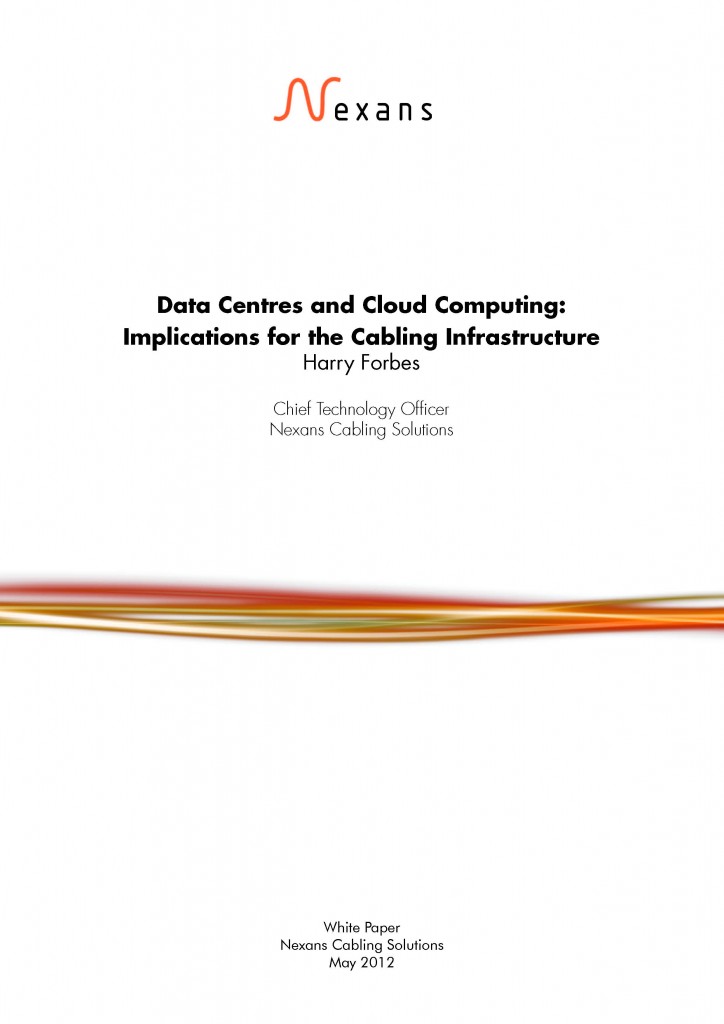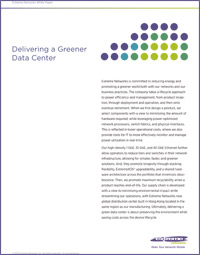 ADVERTISEMENT
ADVERTISEMENT
Modern IT environments need to be agile, scalable and future-proof. At the helm of the latest wave of IT modernisation is the data centre. To greet the future and remain powerful, consolidation is often the first step.
In an increasingly digitalised and virtualised world, it can be difficult for organisations to deal with the resulting flood of data. IT experts, in respond to emerging technologies and demands from employees, have been pushed forward by this wave of data, obligated to make their IT environments more flexible and powerful. Data centre consolidation should be top of the list for IT professionals tasked with increasing power and efficiency, while keeping data both physically and virtually secure. Security should be built into the data centre’s architecture from the ground up.
Data centre consolidation is just one aspect in a larger movement aimed at modernising overall IT infrastructure. The expectation to “do more with less” in increasing and the solution for many enterprises begins with data centre consolidation. The process of data centre consolidation results in a number of benefits, including CAPEX and OPEX reduction, increased agility and a short application and service deployment cycle.
Most importantly, data centre consolidation plays an important role in keeping IT systems up to date, and enterprises competitive on a global level. Organisations that keep their infrastructure current are able to react swiftly to constantly changing business needs and meet their customers’ demands in a timelier manner.
In the past, to achieve the twin goals of power and agility, data centre design turned to faster or more powerful hardware components. However, these days, virtualisation is taking over the data centre landscape. SDN and other increasingly common technologies are used to optimise network configurations in virtual environments.
Though IT professionals may be keen to push forward with a data centre consolidation project, it is important to consider security in every step of the consolidation process. Security is an integral part in the design and implementation of a consolidation project.
During the assessment phase, a baseline of security should be created. This includes looking at the enterprise’s existing security strategy, infrastructure, services, policies and overall security posture and thereby identifying existing and potential gaps. The planning phase moves the decisions made in the assessment phase and moves them forward. This period should also include reaching out to vendors in the RFI, RFP and PoC to understand their offerings – security should be at the top of the necessary criteria.
The implementation process is a critical phase in terms of security. This phase brings together different aspects of the data centre, including applications, computer, storage, network as well as security, into a live, integrated and functioning ecosystem that serves the enterprise’s business objectives and growth. In this highly complex environment, security in all domains must be made a priority.
Finally, once the data centre consolidation process is complete, the management phase begins. The phase is more accurately a continuous process, enabling the data centre lifecycle by providing to tools and procedures to monitor, asses and evolve services, SL and overall functionality in all domains. In a hybrid environment, it is important that these tools in place provide complete, end-t-end configuration, monitoring, analysis and reporting capabilities.
Of these four phases, it is arguably the planning phase that will have the most profound effect on security. It is at this point that the actual security needs, architecture and policies will be defined for implementation. Without a solid plan in place, data consolidation projects can easily lose a security focus.
The data centre is the scaffolding upon which private and hybrid cloud schemes can be built. It not only provides the computing power and storage space for applications, but is also the linchpin of interaction and transactions with partners, suppliers and customers. Potential bad actors are not unaware of the importance of the data centre and therefore they become the primary target of malicious attacks.
In the complex environment that makes up a data centre, there a number of potential threats. It would be difficult to achieve continuous security with a single product of technology. Instead, the security of a data centre must be considered as adaptive and is best equipped with bespoke solutions the shield the data from attacks.
With this in mind, consolidated data centres must be more adaptable and agile to take on specialised security technology. This must remain true in the face of large data volumes in both hybrid and private environments. Firms that specialise in security, such as Fortinet, can make formidable partners in a data centre consolidation process.
The whitepaper is available for download at the following link:

Or you can register to attend the event to learn more here:
http://idc-cema.com/eng/events/62740-driving-agility-and-security-with-data-center-consolidation





